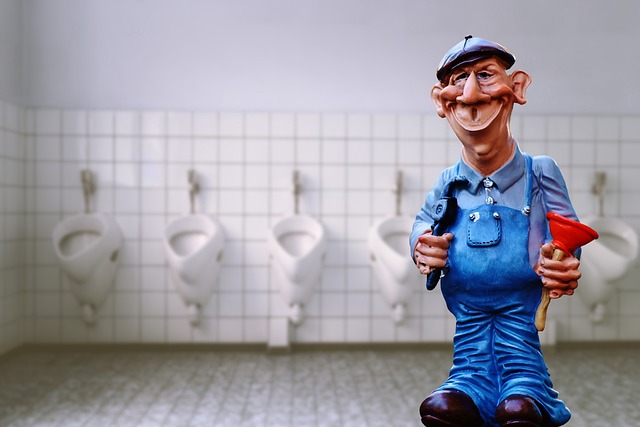A professional plumbing inspection by a plumber is vital when preparing your home for sale, as it can significantly influence buyer decisions. A thorough check identifies issues early, preventing costly repairs and disruptions. Hiring a plumber reveals hidden leaks, appliance conditions, and demonstrates your commitment to property maintenance, building trust with potential buyers. This guide offers step-by-step instructions on inspecting plumbing systems, including shutting off the main water supply, visually checking pipes and fittings, and using tools for hard-to-reach areas.
When putting your home on the market, a thorough plumbing inspection can be a game-changer. It’s crucial to identify and address leaks or damage before showing your property, as these issues can deter buyers and negatively impact the sale. This article guides you through the process, offering insights into why such an inspection is essential and providing a step-by-step approach, complete with tips from experienced plumbers, to ensure your home’s plumbing system is in tip-top shape for potential buyers.
- Why Plumbing Inspection is Crucial Before Selling a Home
- Step-by-Step Guide: How to Inspect Plumbing for Leaks or Damage
Why Plumbing Inspection is Crucial Before Selling a Home

A plumbing inspection by a professional plumber is an essential step in preparing your home for sale, as it can make or break a potential buyer’s decision. Leaks and damaged plumbing systems are common issues that can cause significant problems for new homeowners, leading to costly repairs and disruptions. A thorough inspection identifies these issues early on, allowing you to address them before they become major headaches for the buyer.
By hiring a plumber to inspect your property, you gain valuable insights into the health of your home’s plumbing infrastructure. They can detect hidden leaks behind walls or under floors, which might go unnoticed otherwise. Moreover, a plumber can assess the condition of pipes, fixtures, and appliances, ensuring everything is in working order. This process not only protects buyers from unexpected issues but also demonstrates your commitment to maintaining the property, fostering trust and confidence in potential purchasers.
Step-by-Step Guide: How to Inspect Plumbing for Leaks or Damage

Step-by-Step Guide: How to Inspect Plumbing for Leaks or Damage
Start by turning off the main water supply valve, located near the meter or in a utility closet. This step is crucial as it ensures you’re working with a system that’s de-pressurized, making leaks easier to spot. Next, check all visible pipes and fittings for any signs of corrosion, rust, or damage. Even small cracks can indicate potential problems. Pay close attention to areas prone to leaks, such as joints, valves, and fixtures.
Use your hands to gently press on pipes; if you feel any softness or give, it might be a sign of damage or corrosion. Check for water stains around walls, ceilings, and floors—these could point to hidden leaks. Inspect every fixture, including toilets, sinks, and showers. Look for drips under faucets and run each shower head to check for any unusual water pressure or spraying patterns. Don’t forget to peek into cabinets and beneath countertops; a plumber’s snake or camera can help inspect hard-to-reach areas if needed.
Before putting your home on the market, a thorough plumbing inspection by a professional plumber is an invaluable step. Not only does it ensure that potential buyers are aware of any existing issues, but it can also prevent costly repairs and delays after the sale. By following the step-by-step guide provided, you can identify leaks or damage early on, ensuring a smooth transaction for all parties involved. Trusting a qualified plumber to assist in this process is key to maintaining your property’s value and facilitating a successful home sale.
